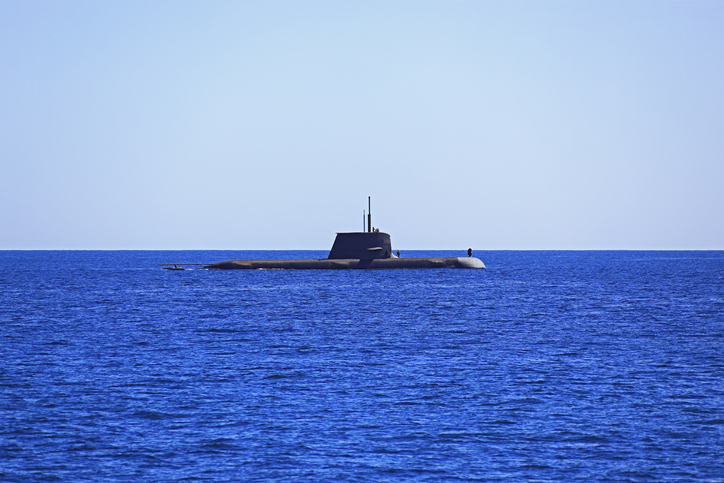On November 22, the Indian Ministry of Defence reported a significant maritime accident involving a Scorpene-class submarine of the Indian Navy, which collided with a civilian fishing vessel named Marthoma in the Arabian Sea, approximately 70 nautical miles off the coast of Goa. The incident led to a search and rescue operation that successfully rescued 11 crew members from the fishing vessel. However, efforts are ongoing to locate two missing individuals, involving six naval ships and multiple aircraft deployed to assist in the search.
The collision raises questions regarding the operational depth of the Scorpene submarine at the time of the incident. Submarines typically navigate underwater at depths ranging from 200 to 300 meters, although this can change based on mission profiles and seabed conditions. When a submarine operates at shallow depths or at “periscope depth”—where only the periscope is above the waterline—it faces increased risks. This mode of operation is mainly employed for visual reconnaissance, charging batteries, or conducting specific tactical maneuvers.
Submarines are guided by established protocols for surfacing and ascending to periscope depth, including measures to monitor nearby vessels to maintain a safe distance. Underwater, submarines rely on sonar technology to detect other vessels, both on the surface and beneath the waves. Sonar, which stands for “sound navigation and ranging,” uses sound waves reflected off objects to measure distance and direction. Modern submarines are equipped with advanced sonar systems, including both active and passive types. Active sonar sends out sound waves and analyzes the return, while passive sonar listens for sounds emitted by other vessels, thus ensuring stealth and preserving operational security.
The Indian Navy’s Scorpene submarines are integrated with a state-of-the-art Low Frequency Analysis and Ranging (LOFAR) sonar system, coupled with the Submarine Tactical Integrated Combat System, facilitating long-range detection and classification of targets. Locally known as the Kalvari Class, these submarines represent a crucial part of India’s naval capabilities, with six currently in service following their design from Franco-Spanish origins. The first of these submarines was commissioned in 2017, and three additional units are on order.
Collisions between submarines and surface ships are not rare occurrences in naval operations, as evidenced by several incidents involving various global maritime forces. Instances of submarines colliding with other vessels or hitting underwater obstacles, such as rocks or sandbanks, have been previously documented. For instance, in February 2009, the British Royal Navy’s HMS Vanguard and the French Navy’s Triomphant collided in the Atlantic. The US Navy has also faced its share of incidents involving collisions, both with submarines and other surface vessels during exercises or maneuvers.
Several factors can contribute to such maritime accidents, including inadequate sonar sweeps, inefficient periscope use, human error, failure to follow established protocols, communication breakdowns, and navigation inaccuracies. Technical issues such as outdated charts, miscalculations, and lapses in maintenance have been cited as contributing factors in various maritime incidents.
The Indian Navy has previously faced challenges with its submarines, including a tragic incident in August 2013, which remains its deadliest submarine-related accident. Following a catastrophic explosion on board the INS Sindhurakshak, a Russian Kilo-class submarine, the vessel sank while docked in Mumbai, claiming the lives of 18 sailors. Although the submarine was later salvaged, it was deemed beyond repair.
The recent collision involving the Scorpene submarine raises concerns about safety protocols and operational readiness within the Indian Navy, emphasizing the need for continuous assessment and improvement to prevent future incidents in maritime operations.





